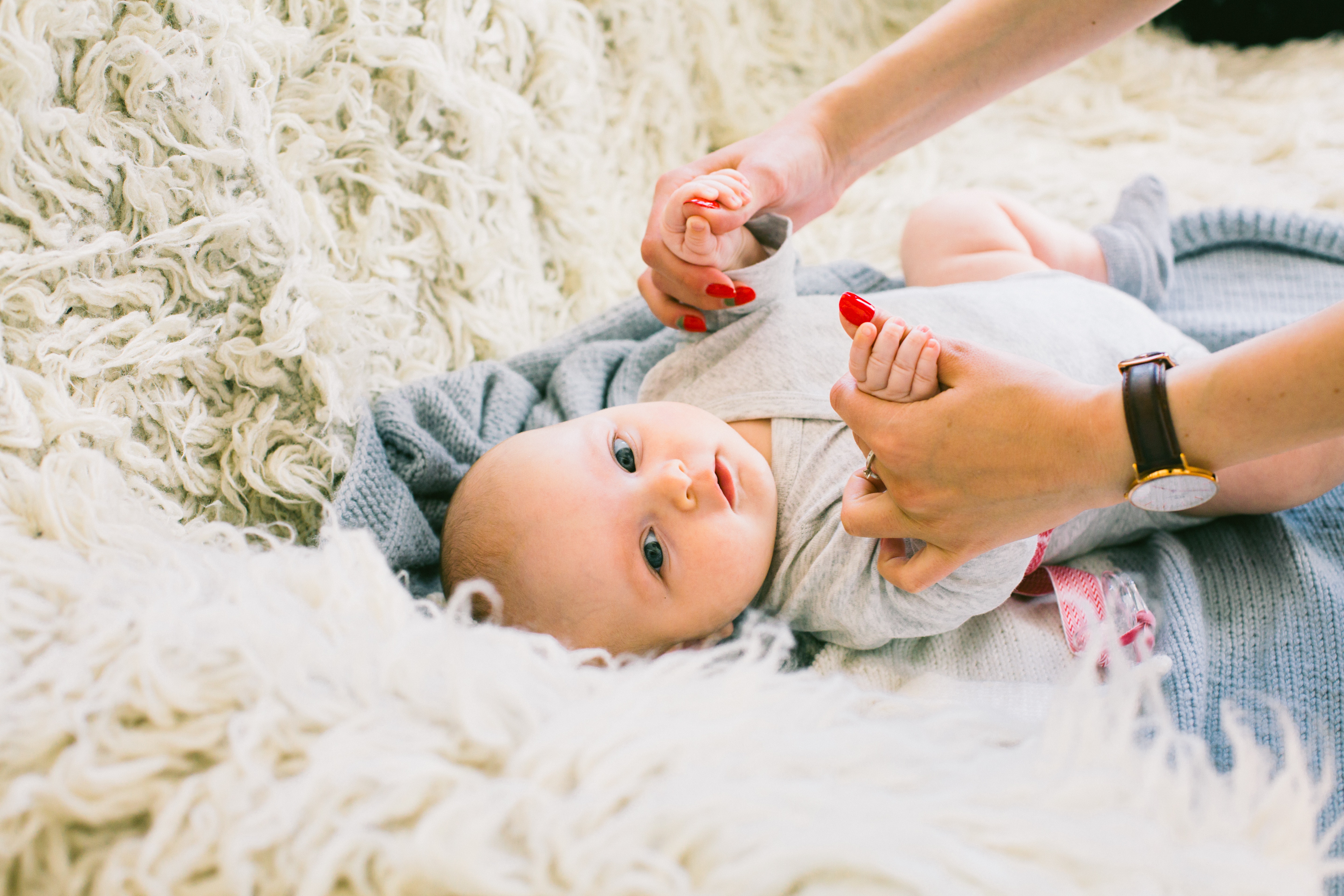 Loading... Please wait...
Loading... Please wait...How to create an eco-friendly nursery
Posted on 10th Apr 2018
 A baby is extremely susceptible to toxins. The young body goes through vast physical and metabolic changes in a short period of time, and exposure to toxins can impact neurological and cognitive development. The World Health Organization has termed early childhood development a "critical windows of exposure,” and parents should do everything possible to limit toxins.
A baby is extremely susceptible to toxins. The young body goes through vast physical and metabolic changes in a short period of time, and exposure to toxins can impact neurological and cognitive development. The World Health Organization has termed early childhood development a "critical windows of exposure,” and parents should do everything possible to limit toxins.
A key area where you can limit exposure to toxin is in the nursery. Newborns sleep between 10 and a half and 18 hours a day, and infants sleep as much as 12 hours a day. That means a young child spends long periods of time breathing and touching the environment in the nursery.
Here are a few ways to limit your baby’s exposure to toxic chemicals in the nursery.
Paint
The typical paint contains 10,000 chemicals, and those chemicals can release toxic fumes. One of the most dangerous chemicals in paint is volatile organic compounds. They have been linked to cancer and can cause harm to the kidney, liver and central nervous system.
Children’s bedroom furniture and walls should be painted with no- or low-volatile organic compound paint. Most premium paint brands produce a line of no-volatile organic compound paint. You need to check with your furniture manufacture or paint supplier.
Crib mattress
You may spend a lot of time selecting the right crib for your environmentally friendly nursery, but the mattress is just as important. Your baby spends hours laying on the mattress. Some crib mattresses contain fire retardants, plastic, polyurethane foam, vinyl and other harmful substances. Purchase a crib mattress made with cotton, wool, coconut and other natural fibers.
Changing pad
Changing a baby is an important part of raising a child, and you need to make sure your baby is not exposed to toxins while being changed. Several companies produce eco-friendly changing pads. They are made with natural fibers and contain a toxic-free waterproofing agents.
Formaldehyde-free furniture
Formaldehyde is used in cheap furniture construction. Urea-formaldehyde glues bind laminate and other inexpensive woods together. Exposure to formaldehyde can cause eye and nose irritations, coughing, skin rash, and other allergic reactions. Many baby nursery cribs, changing tables, and dressers at big box retailers contain formaldehyde.
The use of solid wood in baby nursery furniture minimizes the chances of exposure to formaldehyde. You should purchase children’s bedroom furniture made out of hardwoods like maple, oak and walnut. Not only are they safe, they look gorgeous.

Rugs
Area rugs add feel and texture to your baby’s nursery room, but you need to be careful when selecting an area rug. Some area rugs contain toxic dyes and flame-retardant substances. Non-toxic rug options are available. These rugs are made of natural fibers and dyes. Many are handmade and add an exceptional look to your custom-designed nursery.
Wastebaskets
Your baby produces a lot of waste, but you don’t want to place that waste where it releases toxics into your baby’s room. A solid-wood wastebasket limits the chance your baby will be exposed to chemicals. The designs can be customized to meet your individual needs.
Limit scents
A lot of people want to keep the baby’s room smelling fresh, but scented candles or diffusers can be harmful. They can release toxins into the air. A more environmentally friendly method is to place baking soda into the diaper pale. That will naturally eliminate many of the odors produced in the nursery. Also, you can open a window to let in some natural air.

Toys
Babies have various toys to entertain them in the nursery, and you should make sure that those toys are safe. They should not contain lead or BPA, a common additive in plastic. Babies often put toys into their mouths, so it’s important that you limit the toxic exposure from toys. For example, the Consumer Product Safety Commission recalled 25 toys in 2015, and three were due to unsafe lead levels.
Many reputable toy companies produce toys out of non-toxic materials. They manufacture wooden toys, naturally stuffed animals, rubber toys and some types of plastic toys. You need to do some research, but plenty of safe toys exist.
Rocking chair and ottoman
Moms want an eco-friendly baby glider or rocking chair in the nursery to cuddle and nurse the baby. You want to select a rocker that is made of solid wood and is painted or stained with material that does not contain volatile organic compounds. You also want to select a rocker with flame retardant-free foam, because the foam can release toxic gases.
Wall art
Once you select the furniture and paint for the eco-friendly baby room, you need to place wall art. Many decals and other wall art is made with PVC and phthalates, a substance that enhances plastic. These are toxic. You can easily select artwork that does rely on these types of material.
Curtains
You want to make sure you block out the light during the day so your baby can sleep peacefully. You should select a curtain that is non-toxic and made with safe textiles. Curtains are often treated with flame-retardants or a chemical to keep them wrinkle free. Natural fibers like bamboo might not block the light as much, but they help keep the nursery free of toxins. Silk and cotton are also options.
Limit harsh cleaning products
When preparing the nursery, you undoubtedly will want to make sure everything is clean. It’s best to use natural-based cleaning products. Many are available at department stores and groceries. They work just as well as traditional products but won’t release toxins into your nursery.
